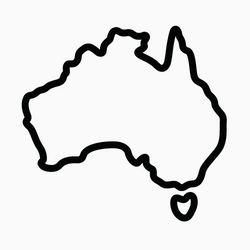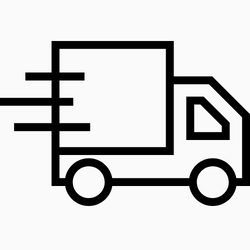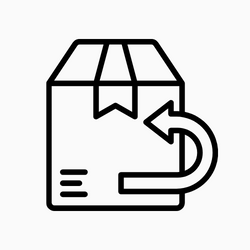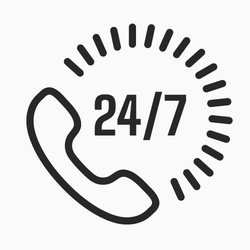Scratches either make even a great mirror useless or affect its aesthetic. In any case, you’d probably want to know how to fix mirror scratches at home.
While it’s technically possible to do it, it can depend on the type of scratch in front of you. This article discusses how to remove mirror scratches in five DIY ways, so stick around.

Can You Fix a Scratch in a Mirror?
You can fix a scratch in a mirror technically, but it can depend on how severe the damage is.
Mirror scratches are usually:
-
Light Scratches: You can see thin lines on the mirror’s surface, but they’re most likely not so visible. If you run your finger over the light scratch, the surface will also feel smooth.
- Deep Scratches: These are a type of stubborn scratch you can’t really ignore. They’re thicker, and if you gently run your nail over the surface, the scratch will most likely catch it.
Light scratches usually only need a bit of polishing to remove, which is why many people can get this task done at home with items they already have lying around. Once your mirror is back to its best, it might be the perfect time to rethink its placement or style.
Deep scratches may require both wet and dry sanding using a special rubbing solution.
What You Should Know Before Fixing a Scratch Mirror

It’s crucial to ensure you’re not damaging the mirror further, especially if you’re only dealing with light scratches.
Here are some things to keep in mind and prevent that:
-
Work on a Clean Mirror: Ensure the mirror is free from any dust or residues that could create more scratches when you’re trying to repair it. Use a non-abrasive mirror or glass cleaner, and wait a few minutes until fully dry before you start removing the scratches.
-
Use a Soft Cloth: Skip the paper towels and go for a microfiber cleaning cloth or something similar. Rougher materials can scratch the mirror even more, especially if you’re not using the right technique. If you don’t have anything appropriate, you can use your fingers.
-
Rub in a Circular Motion: This can prevent you from applying too much pressure in the same area, which could make the scratch worse.
-
Stop if You Don’t See Improvement: Though you’ll need some patience, if you notice the damage isn’t improving at all, it could be a sign you’re dealing with a deeper scratch, in which case you should call a professional for help.
5 DIY Ways to Fix a Scratched Mirror
Here are five easy ways to fix your scratched mirror:
1. White Toothpaste
Toothpaste has some abrasive agents that help you clean your teeth every day, which can also help polish the surface of a mirror.
These agents will wear down the rough edges of the scratch as you gently rub the product, which can eventually leave a clean, smooth surface.
Here’s how to do it:
- Lightly wet the soft cloth or your finger
- Take a pea-sized amount of toothpaste
- Gently rub it over the scratch for 20–30 seconds
- Wipe the paste away and inspect the mirror
- Repeat if necessary
2. Clear Nail Polish
Clear nail polish doesn’t remove the scratch, but it can fill it and restore the surface of the mirror. The polish is applied directly over the damage and will seep into its grooves, making it look like the scratch was never there.
This method works best for lighter scratches and involves:
- Getting a new nail polish (to avoid adding any pigment to the mirror)
- Applying a thin layer over the entire scratch
- Let it dry for 10-15 minutes, then repeat
- Take a piece of cloth soaked in nail polish remover and gently go over the sides to remove excess
3. Metal Polish
A jewellery polishing compound, or metal polish, is specially designed to remove scratches from metal objects like gold rings and can work for mirrors, too.
The caveat with this method is that its main ingredient (called cerium oxide) is a stronger abrasive than other products, so you’ll need to be more careful with it.
You can apply a small amount to the scratch and gently polish it. Check every 30 seconds or so to avoid deeper scratches.
4. White Vinegar
White vinegar’s acidic and abrasive properties make it a popular DIY cleaning solution. Using it straight from the bottle could be a bit too harsh, but you can mix it with water to get a more manageable solution.
Here’s what you can do:
- Mix equal parts white vinegar and water in a bowl
- Take the cloth and dip it in the solution
- Apply it over the scratch and gently rub until it’s gone
5. Baking Soda
Baking soda is another popular DIY cleaning solution that needs to be diluted before you can use it.
If you want to try it out, you can:
- Mix equal parts baking soda and water until you form a paste
- Apply it over the scratch, and gently polish it with a soft cloth
- Remove the solution with a clean cloth, and see the results
- Repeat if necessary
Should You Buy a Mirror Scratch Remover?
Most mirror scratch removers work on the same principle as these DIY hacks, meaning they remove scratches by having you rub a gentle abrasive over them.
While they’re not necessarily bad, in most cases, if you can’t remove the scratches with these at-home tips, it’s most likely because you’re dealing with a deeper one that needs a professional’s touch.
Final Thoughts
If you have a mirror with some minor scratches, give these DIY hacks a shot, and you’ll most likely see great results. But unfortunately, if the damage is greater, you need a professional fixer’s help or consider replacing your mirror.
After fixing scratches, you might be curious about different types of mirrors and their characteristics. For a comprehensive understanding, check out Your Guide to Every Kind of Wall Mirror in The Market.
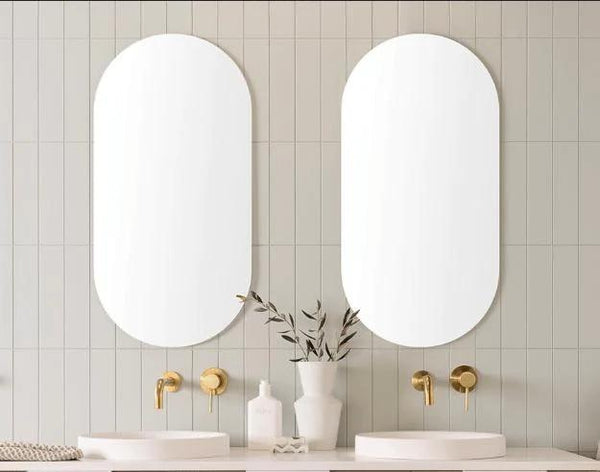
Next Article: How To Incorporate An Arched Wall Mirror In Any Room

